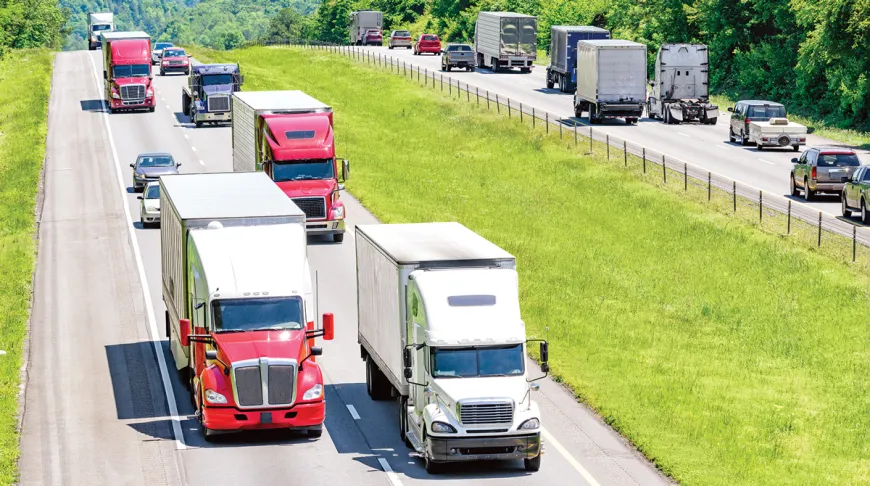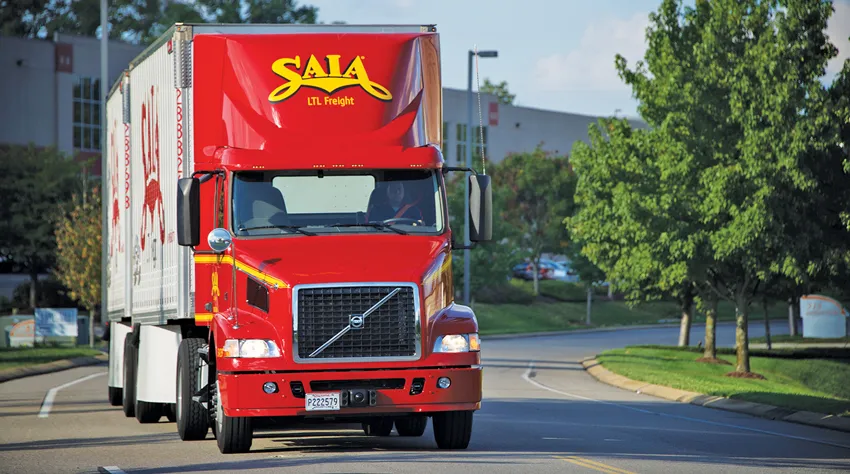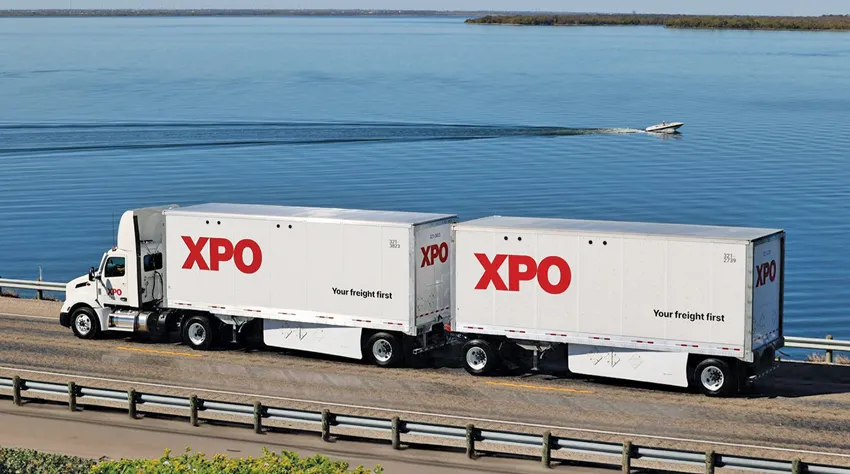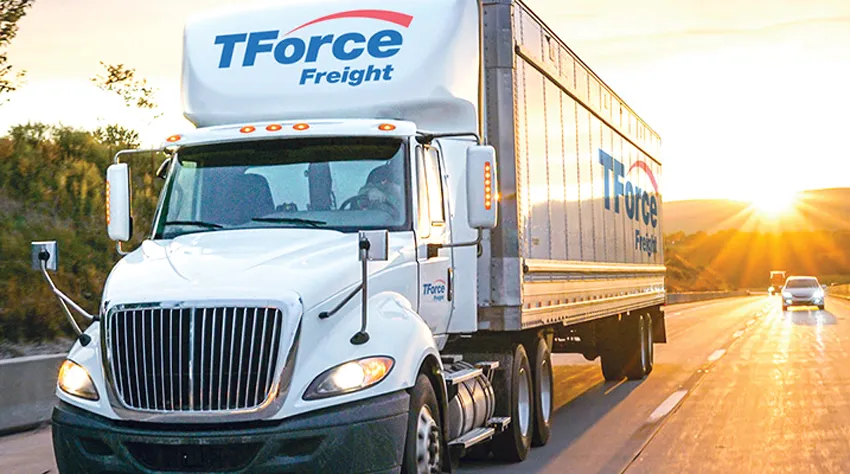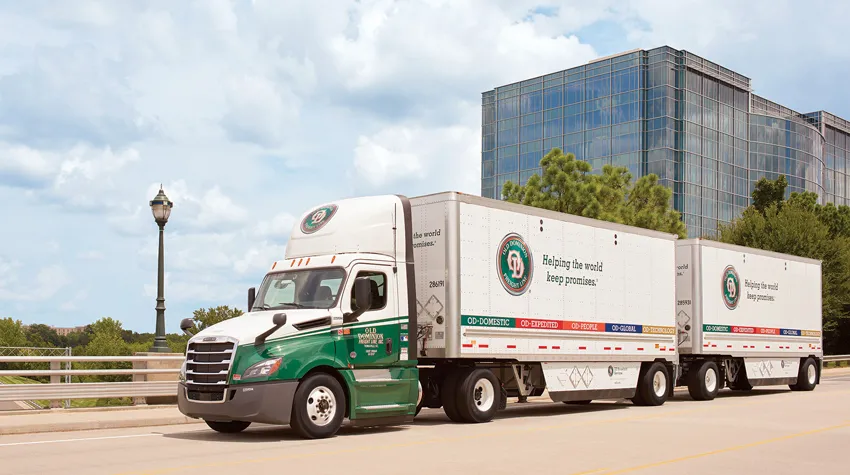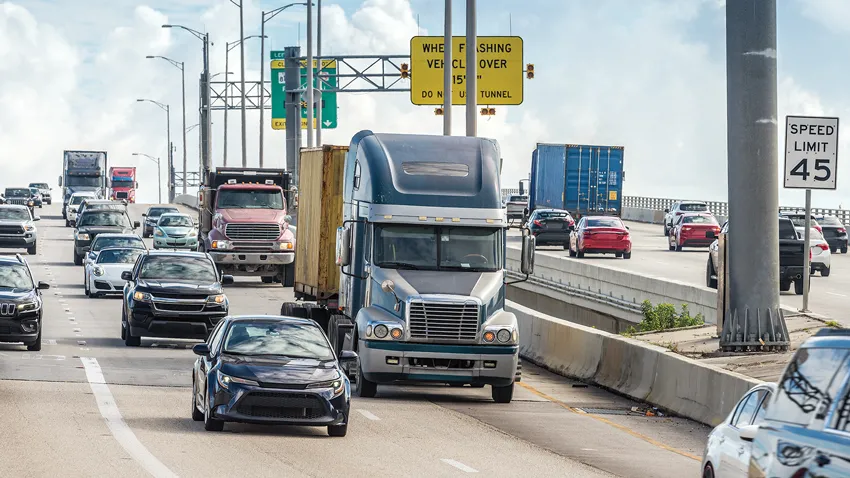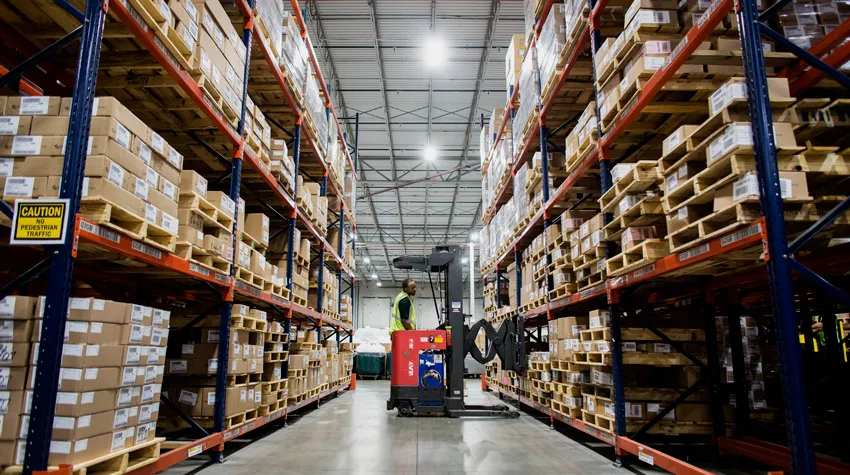Pricing for LTL freight varies widely, depending on carrier, volume, density, service and a variety of other factors. Calculating the costs balances these factors and can also vary depending on both capacity and demand. As truck tonnage drops, carriers often introduce lower pricing tiers. Dynamic pricing reflects market conditions.
What are some strategies to reduce LTL operating costs for carriers?
LTL carriers are employing a variety of strategies to lower costs and avoid leaving money on the table.
What are dimensioners?
Dimensioners can measure the volume and weight of shipments, enabling carriers to charge based on the amount of space shipments take up. These devices provide accurate measurements and enable carriers to plan and load shipments more efficiently.
How can route optimization help?
LTL is much more complex than FLT and incredibly challenging to optimize, especially considering the many logistics factors that must align to juggle multiple pickups, products and customer requirements. Carriers must consider time versus miles, time of day, service levels, drive time, fuel consumption and a host of other variables. Drivers also have a finite number of hours they can drive each day under federal hours-of-service regulation, so maximizing travel is crucial for cost control and efficiency.
Dynamic routing and telematics are key to optimization. Carriers today are using technology to allow for adjustments on the fly due to weather or traffic patterns — automatically accounting for potential restrictions such as low overpasses or bridge weight concerns. Predictive analytics are anticipating delays and other complications based on current conditions and historical performance, providing a more protective approach to changing conditions.
How does equipment allocation impact costs?
Compared with older vehicles, newer truck models are more fuel efficient and aerodynamic, which can reduce overall costs. LTL carriers spend more time on side roads and deliveries compared with FTL highway miles, so equipment that operates efficiently in those environments is essential to reducing costs.
What role do driver coaching and technology play?
How operators drive is a major factor in both safety and fuel economy. Telematics can help fleet managers monitor driver behavior and performance, enabling them to provide guidance and coaching for best practices.
Coaching can also help with safety, a huge risk in the trucking industry, which faces an increase in multi-million-dollar settlements and nuclear verdicts in cases involving truck crashes. This is another area where the right technology can play a big role. Onboard cameras can capture evidence of what truly happened on the road and can help mitigate legal actions and be used for coaching.
Coaching and technology can improve driver behavior, in turn reducing risk, insurance costs and potential damage to a company’s reputation.
How is LTL Charged: Additional Considerations
LTL shipping charges can include additional fees for services, such as:
Understanding these additional considerations helps shippers and carriers plan costs and services more accurately.
An ODFL tractor and double trailer. (Old Dominion Freight Line)


